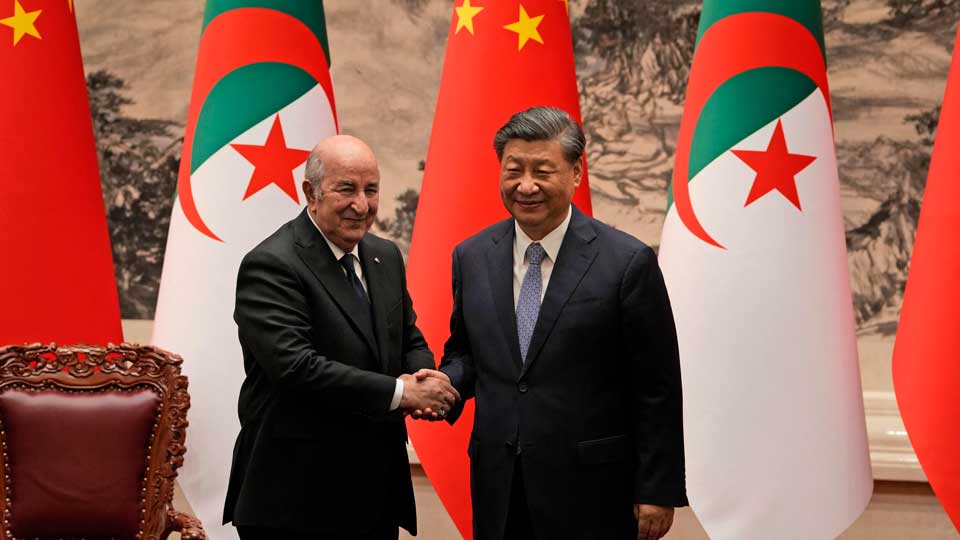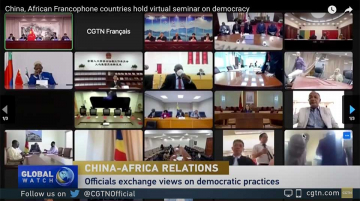
By Lukas Fiala
With most commentators and analysts playing a rhetorical game of hide and seek with Qin Gang, China’s now-former foreign minister, it’s easy to miss what really mattered over the past week and a half. One event we should certainly pay close attention to is China’s landmark $36 billion agreement with Algeria during the visit of President Abdelmadjid Tebboune to China.
While chatting with Xi Jinping in the Great Hall of the People, the two sides agreed on cooperating more closely in areas including ‘aerospace, nuclear energy, ICT, and renewable energy’ apart from China’s usual reference to infrastructural and agricultural development. Needless to say, Tebboune also vocally supported the Global Development Initiative (GDI), the Global Security Initiative (GSI), and the Global Civilization Initiative (GCI), all of which are frameworks put forth by Xi to reform global governance.
Beyond the usual diplomatic overtones, the fact that China committed a large sum of money to a host of different investments is notable. With many arguing that China’s appetite for lavish spending on risky infrastructure projects is subsiding, the headline figure reminds us of the heyday of lending along the Belt and Road Initiative (BRI) in the mid-2010s.
Financial commitments alone are of course no guarantor for successful delivery and it will be interesting to see how the $36 billion will actually be spent over the coming years. Yet, with 19 cooperation agreements signed, there is little doubt that China sees Algeria as a key partner in North Africa for the foreseeable future.
Beyond the size of China’s apparent commitments, we shouldn’t overlook the sectoral composition of new investments. The emphasis on high-tech cooperation – especially in aerospace and related sectors – reflects Beijing’s conviction to leverage China’s increasingly advanced science and technology industrial base in bilateral relations with economies in transition. We noted the implications of such a ‘new chapter’ in China’s going out period a month ago and developments in Algeria support our conclusions.
For Algiers, Beijing of course presents welcome opportunities. The relationship between the Chinese Communist Party (CCP) and Algeria’s National Liberation Front goes back to the late 1950s in the context of the Algerian War and Algeria’s struggle for independence from France. With Algeria applying for BRICS membership and putting forth $1.5 billion to join the BRICS Bank, China is becoming an even more important economic and diplomatic partner.
Despite this, China’s economic engagement in the country has not always been smooth sailing. The East-West Highway project, initiated by former President Abdelaziz Bouteflika as one of Africa’s largest construction projects in 2009, was mired in corruption scandals and delays. The protest movement which ultimately unseated Bouteflika cited the Highway as a chief example of corruption in the country.
Inevitably, close coordination with Algiers will make Beijing more of a party to intra-regional disputes, including the longstanding rivalry between Algeria and Morocco. How China will navigate complex regional issues such as the Western Sahara, which is a central concern of Moroccan foreign policy, will be a bellwether for the future of the BRI and China’s enthusiastic promotion of the GDI, GSI, and GCI.
With or without Qin Gang, China’s foreign policy strategy in Africa continues to march forward. It’s on us to pay attention when it matters most.
Lukas Fiala is the project coordinator for the China Foresight initiative at LSE IDEAS.











